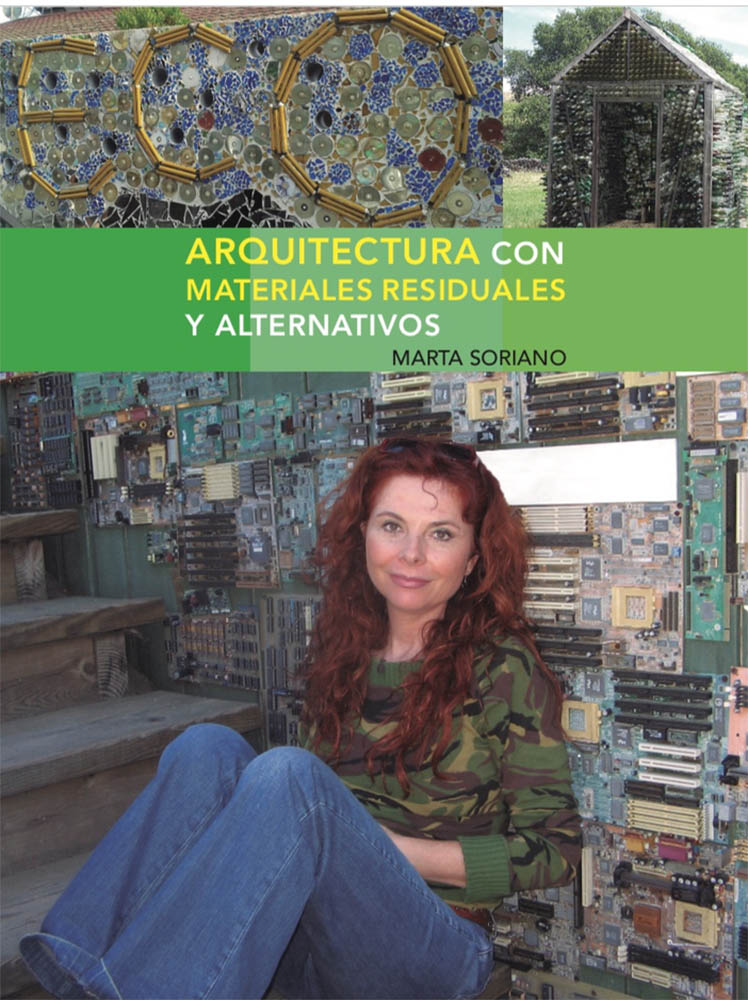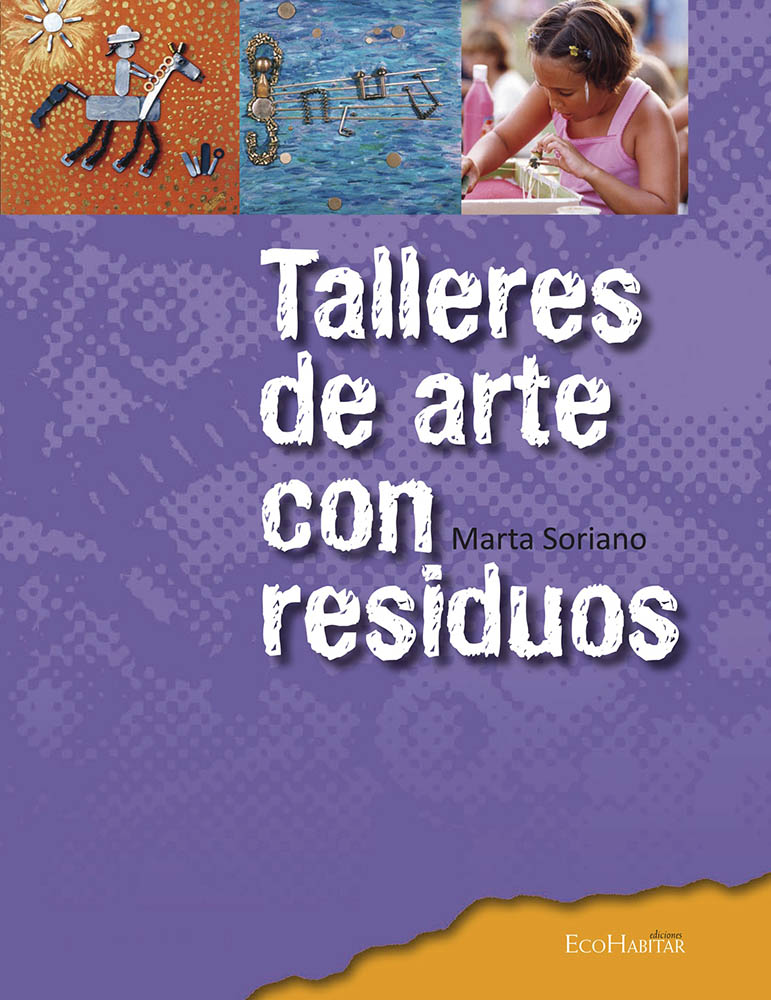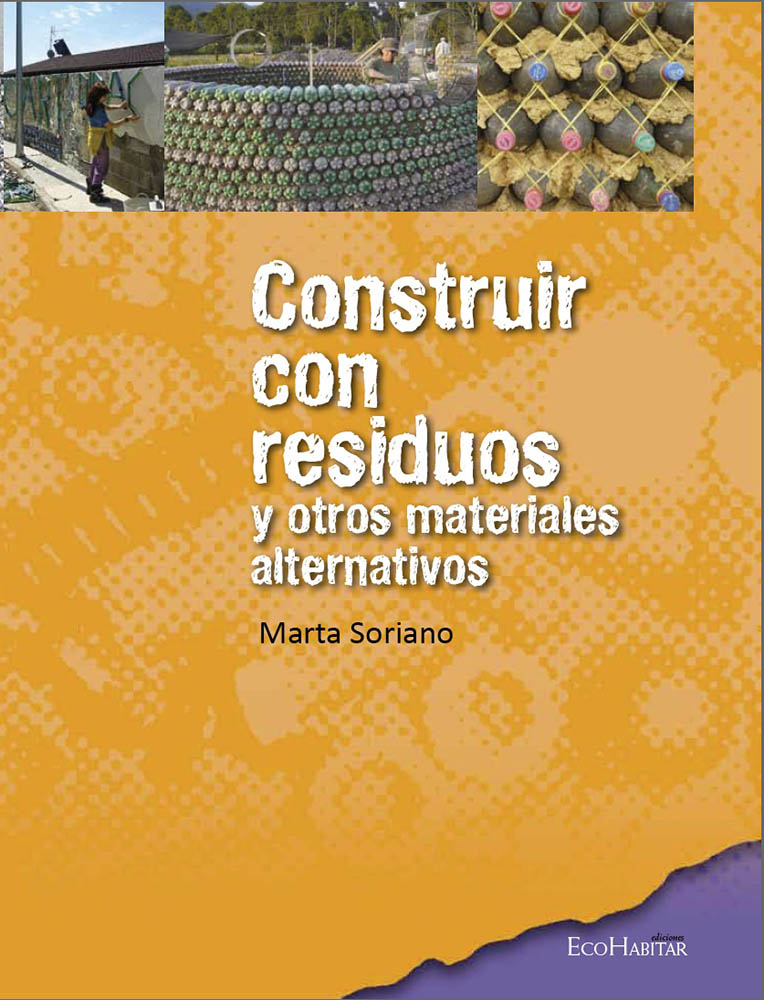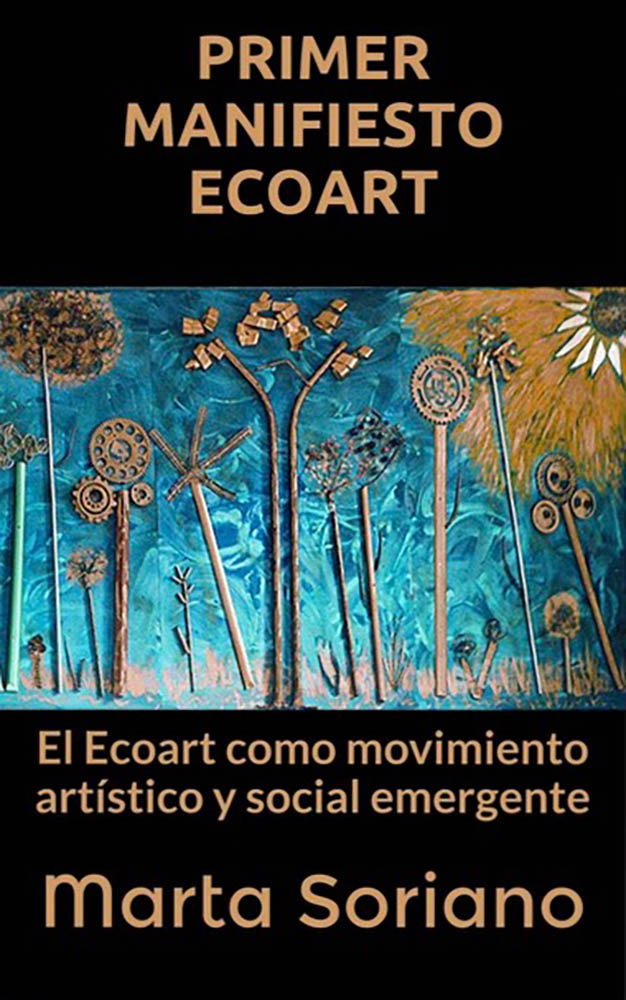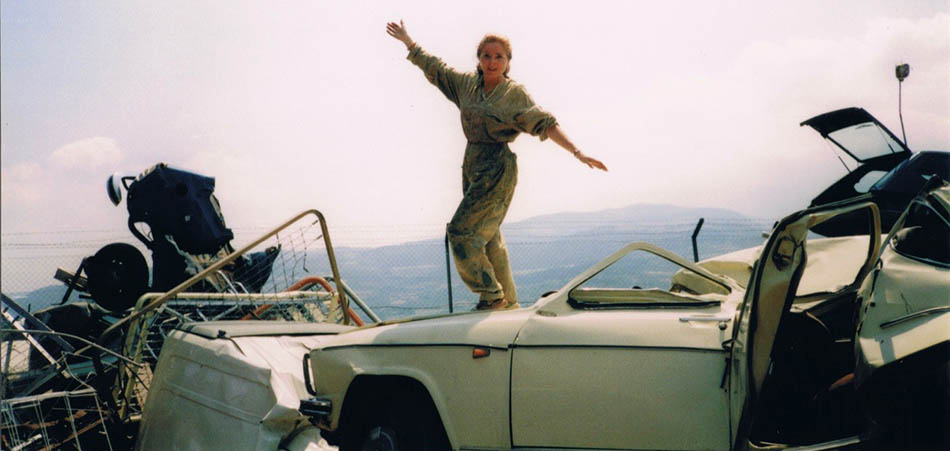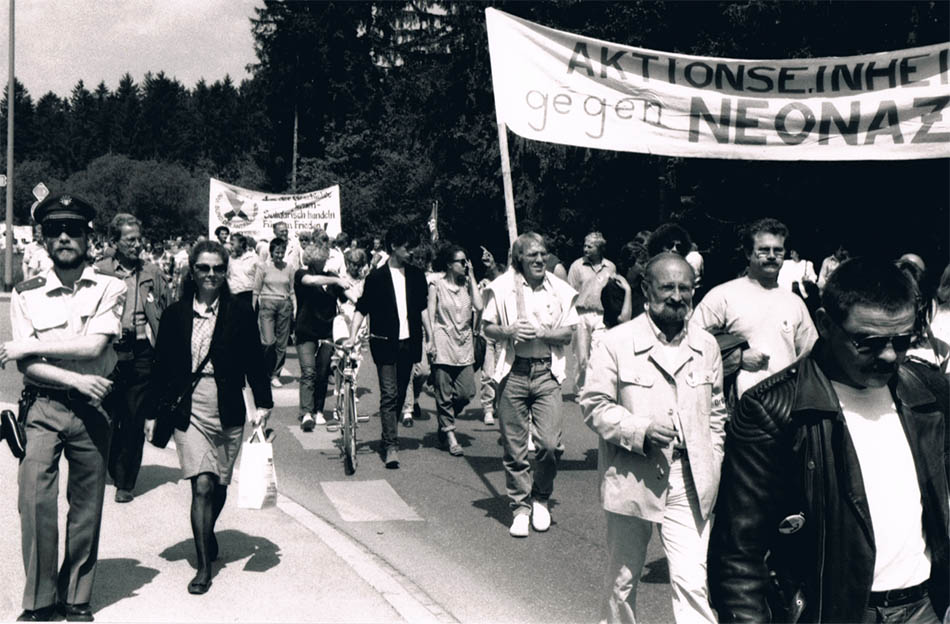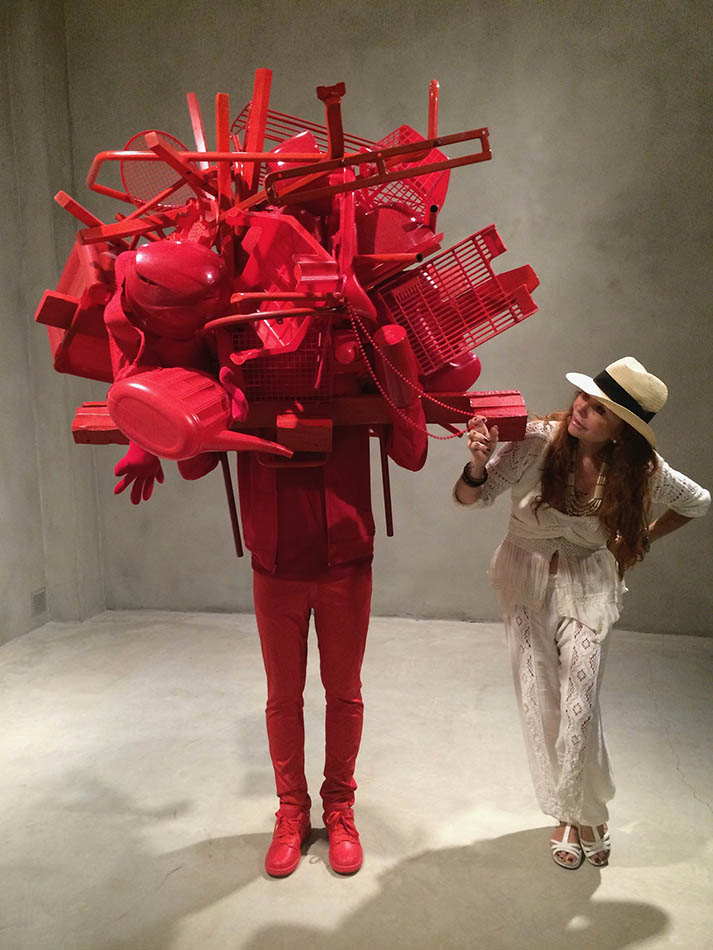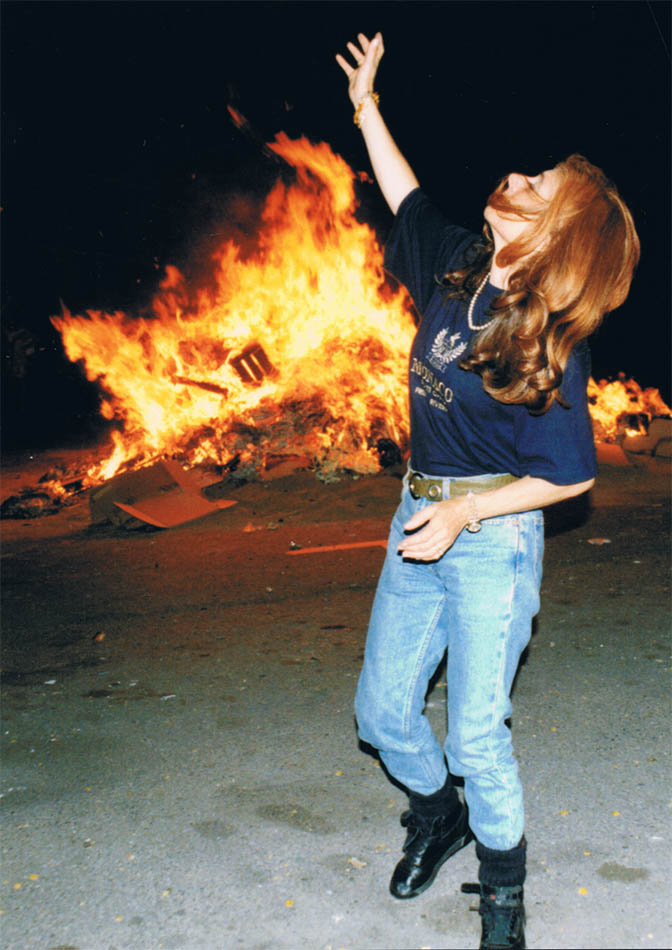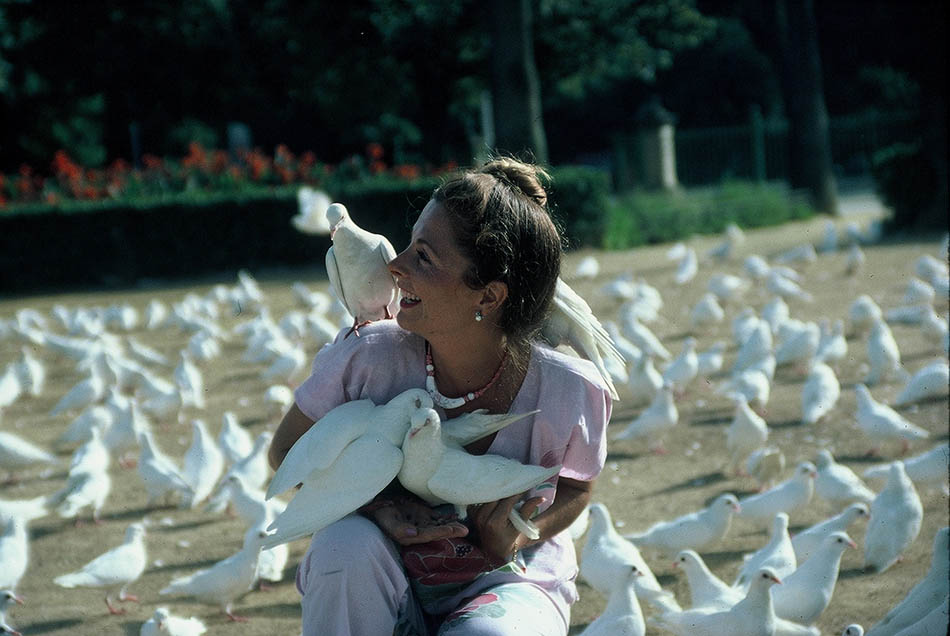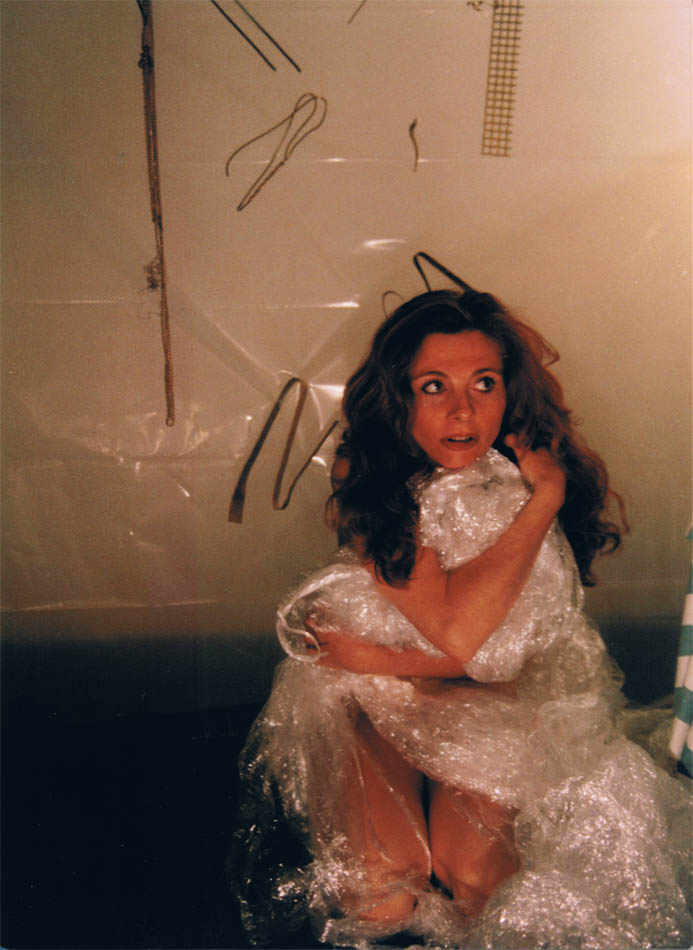Books
Architecture with residual and alternative materials
Didactic guide 2nd EDITION
Didactic guide 3rd EDITION
Ecoart, environmental education
Art workshops with waste
Build with waste
First Ecoart Manifesto
Construction experiences with waste
MANFIESTO ECOART
Short summary
From the remotest origins of mankind, art has always been a reflection of what happens in society, art reflects an era. Or is it art that influences culture and ends up marking an era? Definitely, both reflect each other.
Art is very important to understand history. We live in exceptional times, of challenges and constant changes, full of emotions and eclecticisms. Economical crisis, spiritual and existential crises, health crisis, ecological crises… We are facing what could be the greatest challenge of our time.
In such a challenging and dynamic setting, art cannot be excluded. I present a new and stimulating artistic proposal: the Ecoart.
Humans, and society, have only one way forward: steer the course in another direction, and be content in existence through being, not through having.
Immersed within the paradigm of the economic system of the late second millennium, where consumerism has led us to a society in alarm, my activity is one of the revulsive measures, among many, to face this problem.
It's not about going back to archaic ways.
The technology, at a level of development that involves a qualitative change, is presented as “new nature”.
Isn't it therefore urgent to start re-humanizing that "new nature", inside and outside the human being? Start our own rehumanization?
The solution to all these problems is not only in the hands of governments or multinationals.
When there is great variation and sensitivity for art, means that society is eager to evolve towards improvement. It also translates the inner revolution.
Pick up the thrown as rest, in a process of building for destruction, and bring it to the possibility of aesthetic contemplation, of spiritual realization. Maybe, talking about “new art” isn't an exaggeration. And perhaps a new art of a new man in a new nature is what is pursued from this moment.
Hence what today exists as avant-garde, complaint, reflection or pedagogical action, through color, shape and texture, is what corresponds to art, to help release the disease we suffer from as human beings, flooded in the selfishness of materialism.
The huge volumes of waste that accumulate, like huge monstrous mountains behind our pristine and aseptic cities, in some incognito corner, say a lot about our civilization.
We hide trash in an effort to hide our wasteful shame, before the stunned gaze of nature, who cannot understand how one of his daughters, the human species, act against common sense.
Actually, the problem is not technology, nor excess carbon dioxide, nor global warming, nor the residues ... those are the symptoms of the problem. The problem is our mentality. It is a fundamentally cultural problem.
What can we do about all this?
To what extent are we responsible?
The Ecoart builds the essence of a new awakening, of a new person: what we should be every day for ourselves and for nature, The original, the genuine, with the divine background that sustains the universe.
With my work I intend to show the interdependence of the dimensions: artistic, educational, economical, environmental, social, all of them increasingly inseparable and called to mutually reinforce each other in favor of a harmonious re-encounter between man and nature.
The most unexpected consequence of the evolution of modern art and the myriad experiments that nurture it is that there is no longer any objective criterion that allows qualifying or disqualifying a work of art, nor place it within a hierarchy, possibility that was eclipsed after the cubist revolution and completely disappeared with the non-figuration.
The Ecoart, at this moment the most vital emerging movement and in line with what is happening in our society, although marginalized by its own characteristics and subject to different avatars and attacks, has enormous potential. It is a movement that is advocating to improve our environment, our planet, our only home.
The time has come to start creating the foundations for a new culture that will prevail in this new era.
The Ecoart as an information tool, pedagogical and educational.
The Ecoart to help man see and understand reality, to gradually change their way of life.
The Ecoart as a way of raising awareness of the global forces that affect us.
The goal of art is not the unilateral promotion of the spirit, soul and senses, but the opening of all human capacities - thoughts, feelings, Will, esperanza- to the vital rhythm of the kingdom of nature. Thus the voice without voice will be heard and the essence of oneself will enter into harmony.
The work is produced in the form of an uninterrupted chain between concept, vision and execution, and therefore between mind, eye and hand. This taut chain is always about to break.
The action corresponds to the human person, that pawns the uncertainty of its existential nature, of their movements and gestures, of his visions, in the configuration of their own space that, among other ways, manifests and establishes itself in the visionary character of art.
Everything is born to die, everything dies to be born.
A work of art is both an aesthetic reality and a social fact: one more of the languages that a society uses to express itself, affirm condemn. Works of art are always placed in a certain perspective of relation to the norms and conventions generated by the artistic tradition and the coexistence of society; can strengthen traditions, enrich them, question and even contradict them.
The useless, if you express something for us, it's already useful, and how useful it serves to exploit, suppress, enslave, etc. it is really useless when evaluating its function. We end up discovering that expressions can be good, but its use varies according to social interests, to the point that they totally lose their initial meaning.
That's why the question:
It is useful? It's useless?
You are useful? You are useless?
Many people consider that the art environment and its role in shaping day-to-day life and in the social and economic structure is not discussed., takes it for granted and considers it unquestionable. This inability to question is what stifles education and what makes it one of the most effective ideological structures and representations of consensus and power..
Pausing to think about the changes in models and forms of art and public communication may help to understand the role of art, of museums and art education today demarcated by the knowledge economy, immaterial labor, globalization and the information society
The search for ecological balance involves the effort that every citizen, already from the school stage be duly informed, motivated, stimulated, In one word: EDUCATED.
Art involves visual literacy: understand an image, go further.
” Give me a fish and I'll eat one day, teach me how to fish and I'll eat all my life”
The complexity of the 21st century calls for us to imagine better possible worlds, while it needs us to keep alive our ability to transform social reality.
Creativity is everyone's ability, must be developed to find evolutionary outlets. It is a "motor", because it serves to activate the achievement of a purpose that, in this case, it is political, socio-cultural, ecological, environmental and educational.
It is important to remember that in the History of Humanity there were always social innovators and if it were not so, we would continue in prehistory, before the discovery of fire. It is about using these forces of change and transformation to face real problems in order to generate an impact on the quality of life of social groups.
Creativity applied to social and cultural changes is imposed.
A one-off action may seem somewhat more ephemeral, easier to perform and no less important for this.
Small actions carried out by many people simultaneously, they can generate great important changes for collective life.
We continually seek new aesthetic experiences to nurture and stimulate our creativity.
To define creativity we have to be creative. It is a process, whether artistic or everyday, what “unstructured” the logical categories, and whose result is “something” novel in content or expression.
A work of art, sometimes it can cause a change in attitude in a person in a much more subtle and effective way, what a long speech.
Have you ever shuddered or excited when seeing a painting or hearing a melody?
Marta Soriano, as an artist of neo-industrial detritus, is one of the exponents of the beginning of the movement of reintegration from the technological to the human, in the sense that time already demands. She holds exhibitions in art galleries and at environmental fairs, thus exhibiting her work: an ecological feeling, a defense of the balance of nature.
The human being who stands up by himself and decides his own destiny, makes the entire Universe stand up to back it up and make it happen.

